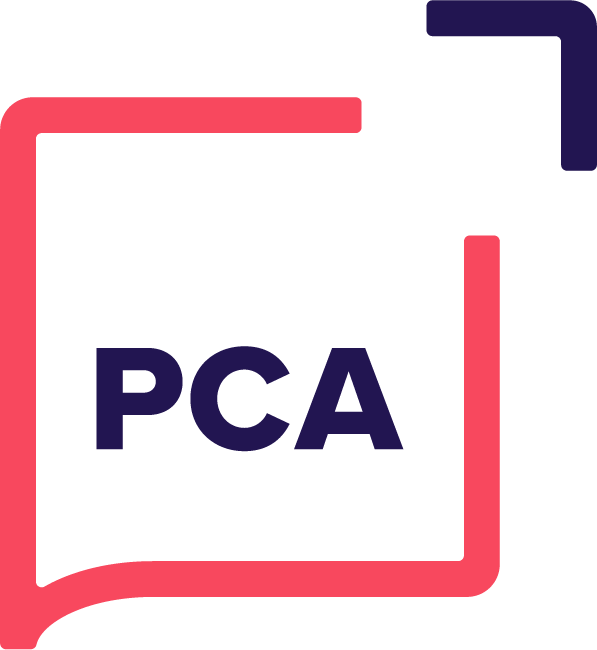Ever wonder why some businesses succeed whilst other similar businesses don’t just succeed, they explode? For example Dell vs Apple. They both started around the same time. They both sell similar products. However, it can be agreed that Apple have stomped all over Dell when it comes to bottom line and brand loyalty. I’ve not heard of any hardy Dell fans waiting outside of a Dell store, for the release of a new product. However, jump back to circa ’16 and people are being paid £2,568 a week to stand in a queue, so someone else can be first to get their hands on a new iPhone 7! What is it that Apple are doing differently? Why are Apple’s customers so (obsessed) loyal? I’ll give you a hint. The formula to Apple’s success has nothing to do with their products.
The Happiness Model
Apple and several other dominant market leaders all have one thing in common. They all have the same business model. Instead of being profit driven corporates they are purpose driven corporates. Their business model, A.K.A “The Happiness Model”, looks something like this; Purpose = (engaged team + customer loyalty) = Profits.
The Happiness Model Breakdown
The Happiness Model, is about communicating your values, from the very beginning by clearly stating why you do, what you do, i.e your purpose. So, cut any commercial jargon and explain, from a deeply human level, why you are adding your business to the world. For example, Apple clearly communicated, from the beginning, that they wanted to make easy to use tech in a world of overwhelmingly fast tech advances. The world resonated with Apple’s human purpose. Whereas Dell focused on commercial points such as, “Here is our shiny new product”, which connected less with their audience. As all good marketers understand, storytelling is the key to audience engagement and powerful branding.
How the Happiness Model works.
As the Happiness Model formula “Purpose = (engaged team + customer loyalty) = Profits” suggests, the model impacts two key areas “team” and “customers”.
Team Engagement
A study by Imperative and New York University found that: “Workers with a Purpose-Orientation are the most valuable and highest potential segment of the workforce regardless of industry or role. On every measure, Purpose-Orientated Workers have better outcomes than their peers.”
So for employers that means:
- 20% longer expected retention
- 50% more likely to be in leadership positions
- 47% more likely to promote their employers
- 64% higher levels of fulfilment in their work AND
- Companies with happy employees outperform the competition by 20%
Customer Loyalty
By sharing your story for starting your businesses you are encouraging your customers to connect with you and your values. Maybe your frustrations are the same as your customers. Maybe your story is similar to theirs. Whatever it is, it makes you human and authentic. The customer/business relationship is about trust. By candidly, laying your cards on the table, discussing your needs and hopes, you build trust with your customers at an early stage. Sometimes even before they decide they want your product/service. As Simon Sinek famously stated in his book “Start with Why“, people don’t buy what you do they buy why you do it.
Image by Raw Pixel on Shutterstock.

